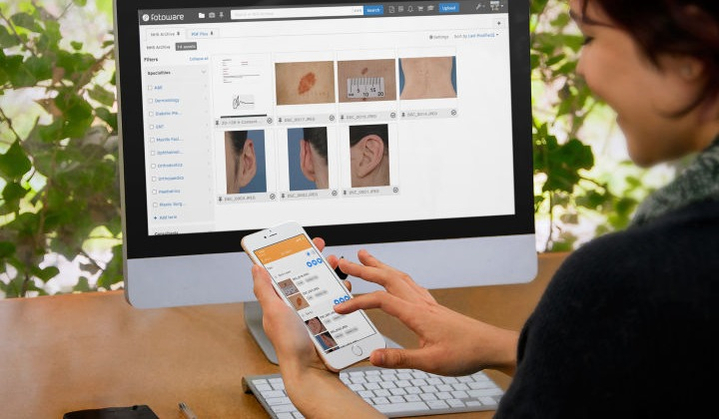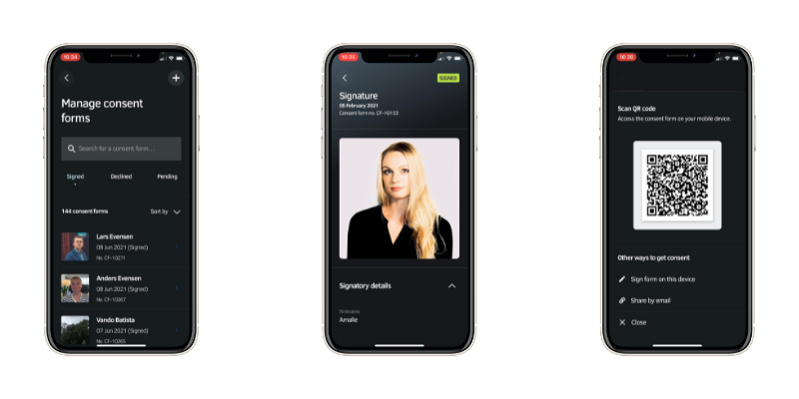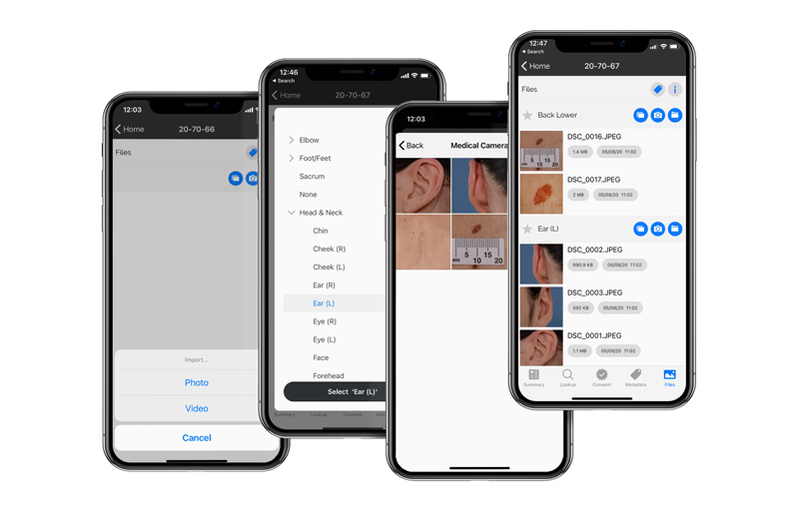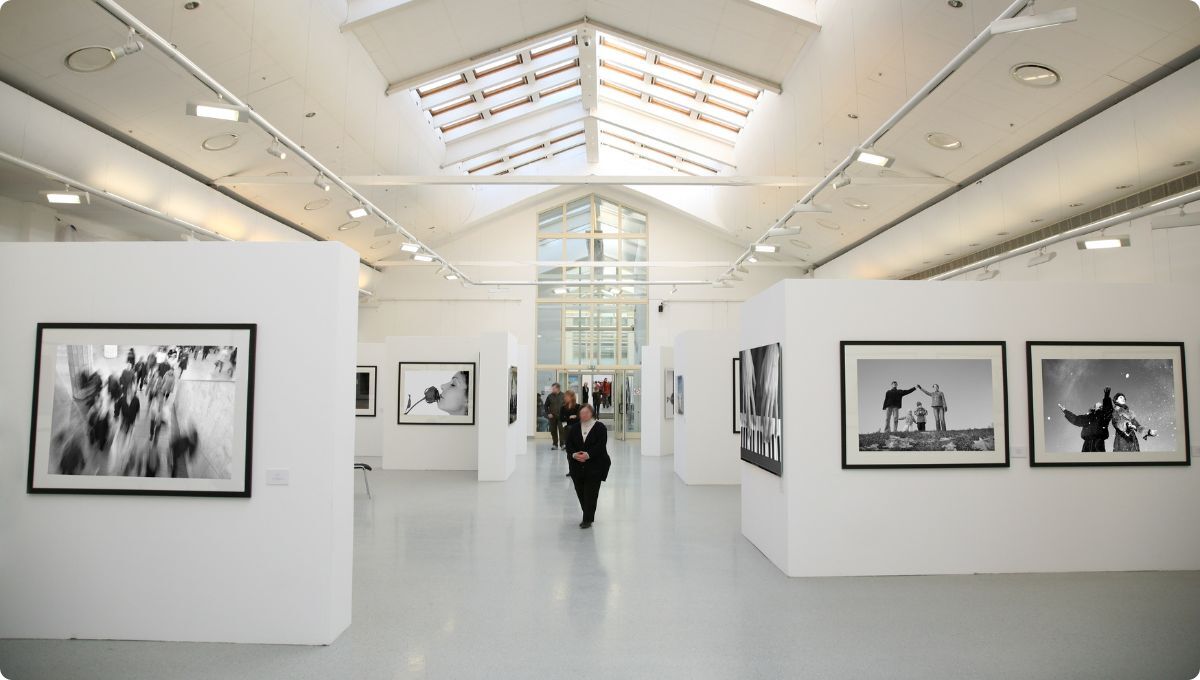
Feature image: Medialogix
DAM for the Healthcare Sector
Every year, the healthcare sector produces hundreds of thousands of clinical photographs that assist specialists in making the right calls for their patients. The volume of data that builds up over time requires a system to manage and catalog these images.
Moreover, the healthcare sector collaborates with other institutions, such as law enforcement and public research. This presents a need for sharing information between institutions safely and efficiently.
Healthcare Sector Challenges that DAM Solves
Archiving and Linking Pictures
The routines for archiving pictures and linking them to patient records are still primarily analog. Despite the advent of digital photography, many digital photographs were often printed and enclosed in files alongside paper notes.
This system is inefficient – if anything, there are few controls to prevent unauthorized access, copying, and distribution. To this end, DAM solutions offer a modern approach to clinical photography as it enables strict governance procedures that comply with data protection regulations and the GDPR (General Data Protection Regulation).

LEARN MORE: How to Collect and Manage Image Consent Forms in Fotoware
In short, a DAM can be used as a central hub for clinical photography. It is archived and linked to electronic patient records, with access limited to the point of care and a full activity audit trail.
Preventing Data Breaches
It is also possible to create workflows that ensure the necessary metadata is added to the photographs and link them with the electronic patient record system.
A DAM solution should ensure full auditable control of clinical photographs by configuring several different control mechanisms. You can base such mechanisms on:
-
the sensitivity of the images
-
the medical specialty caring for the patient
-
the patient's consent regarding the image use
-
and more.
Implementing this base layer of security ensures that images are only viewed on a need-to-know basis and processed according to the patient's permission.
Moreover, a DAM enables you to implement secure connectivity, new workflows, access control, and asset tagging to safely transfer information between different institutions. This is a real use case of The Icelandic Police & The National University Hospital of Iceland that jointly use the Fotoware DAM to share digital evidence and solve crimes.
LEARN MORE: Icelandic Police and Hospital are the Winners of Media Management Award 2019
Photographic Wound Monitoring
Most DAM systems also support the ingestion of imagery from various sources, enabling integration with mobile apps to allow remote staff to have the same resources as in-house staff.
This was especially important during the COVID-19 crisis and its restrictions on health workers. For example, clinical photography is essential to wound care, as it helps with treatment, monitoring progression, and documenting recovery.
To minimize contact between patients and staff, The Royal Preston Hospital in Lancashire, UK, changed the photographic wound monitoring.
Andrea Jones, Clinical Lead from the Medical Photography Department, worked with Medialogix, a certified Fotoware partner in the UK, to deploy a Clinical Uploader App.

Image Credit: Medialogix
This app fully integrates with the existing Fotoware system and is configured to collect patient demographics, consent, files, and any associated metadata in a single package. It's then uploaded to the Fotoware DAM and can be viewed by the appropriate staff.
For example, the nursing staff can picture the wound while changing the dressing. The pictures are then uploaded to Fotoware and can be viewed by the Tissue Viability Team. It helps them decide which patients to see in person and which can be provided with wound care advice remotely.
Ultimately, the Clinical Uploader App has reduced the number of staff contact with the patient from three to one. It positively impacted infection control measures without compromising patient care and safety.
This project won the Media Management Award 2020, which you may read more about here.
Learn More
Fotoware is a powerful Digital Asset Management solution with many health sector applications.
From modern picture archiving and linking them to patient records to elaborate workflows that connect two different institutions. You can configure the solution to solve any digital asset management challenge.
Want to learn more?
Talk to one of our experts to discover how we can streamline your organization's content workflows.


